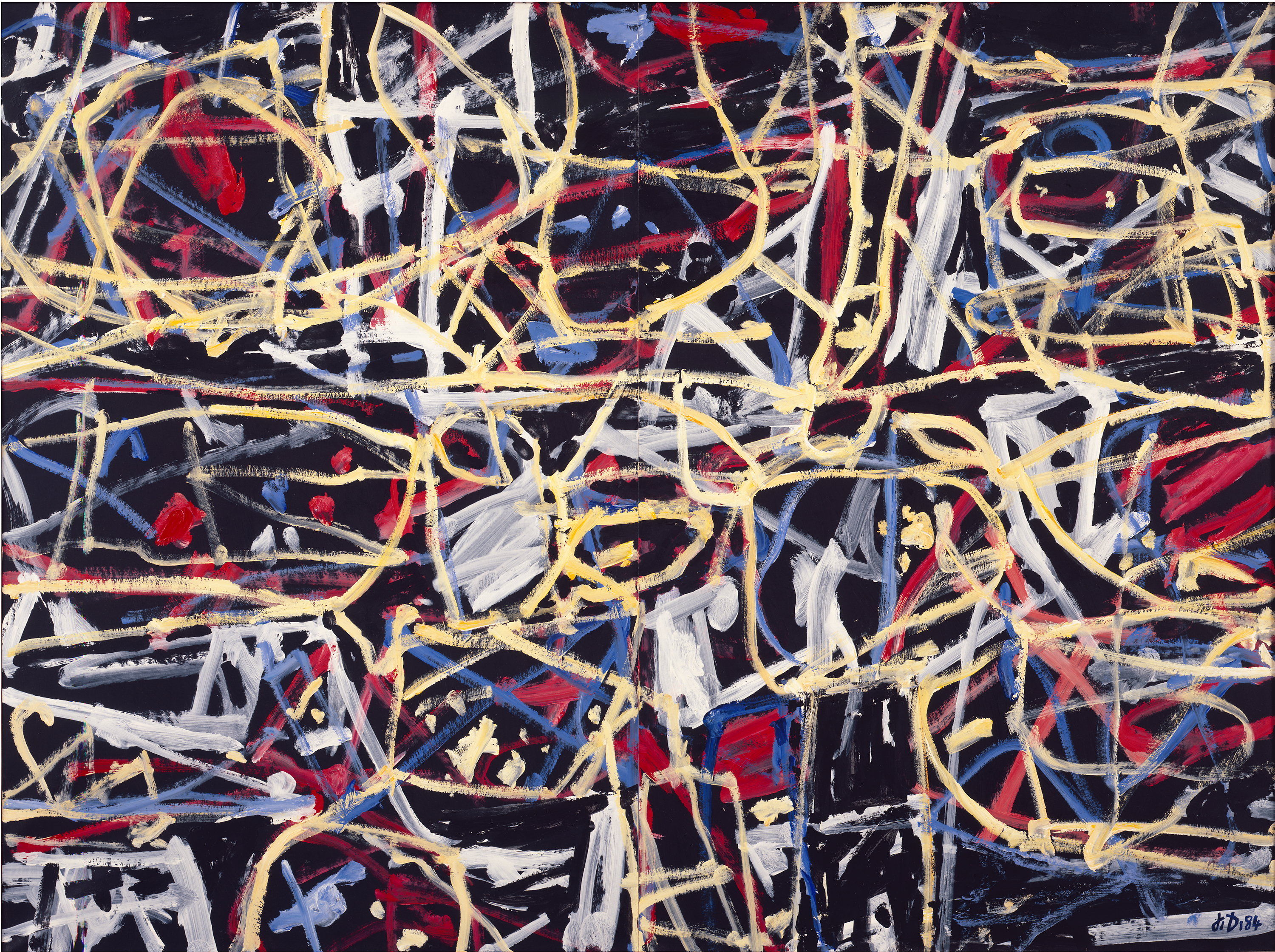
Modern Art at the Border of Mind and Brain: Desire Lines in the Mind
Jonathan Fineberg is professor emeritus of art history at the University of Illinois at Urbana-Champaign. His research focuses on psychoanalysis, art history and criticism, child art and creativity. His publications include The Innocent Eye: Children's Art and the Modern Artist (1997); Christo and Jeanne-Claude: On the Way to the Gates (2004); Art Since 1940: Strategies of Being, 3rd edition (2010); and A TroubIesome Subject: The Art of Robert Arneson (2013). Disquieting Memories: The Art of Zhang Xiaogang and The Language of the Enigmatic Object: Modern Art at the Border of Mind and Brain are forthcoming in 2014. Fineberg has curated more than a dozen museum exhibitions and taught at Yale, Harvard, and Columbia. He has been awarded the Pulitzer Fellowship in Critical Writing, the NEA Art Critic's Fellowship, Senior Fellowships from the Dedalus Foundation and the Japan Foundation, and the College Art Association’s Award for Distinguished Teaching in the History of Art.
In this lecture, Fineberg will make an evolutionary argument for art. He will discuss how images help us organize our thoughts in our conscious memory, and how humans have made images continuously for more than 30,000 years —six times longer than we’ve had written language. He will propose that we need images to organize social and psychological concepts of ourselves, and that we literally need them to develop the circuitry of our brains and our capacity for creative innovation.
Fineberg will also offer another public lecture on February 3, 2014, entitled “Motherwell’s Mother: An Iconography in Abstraction,” sponsored by the Department of Art History.